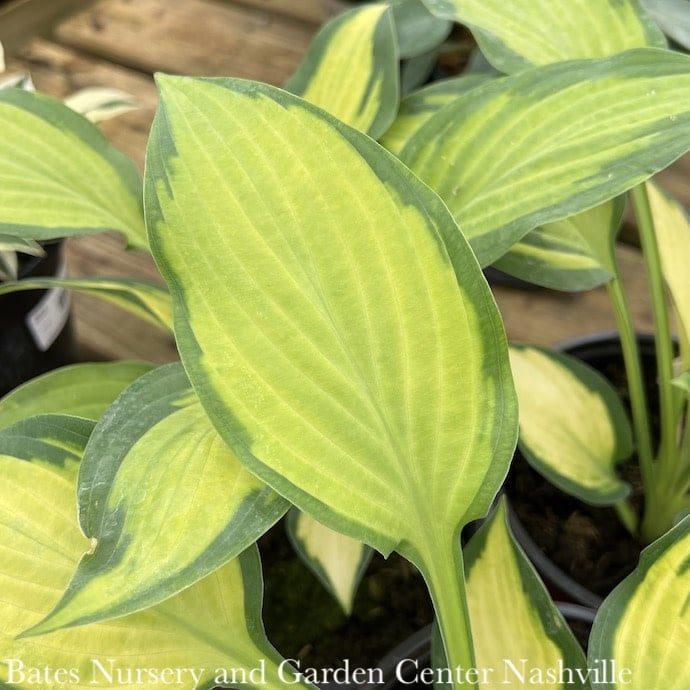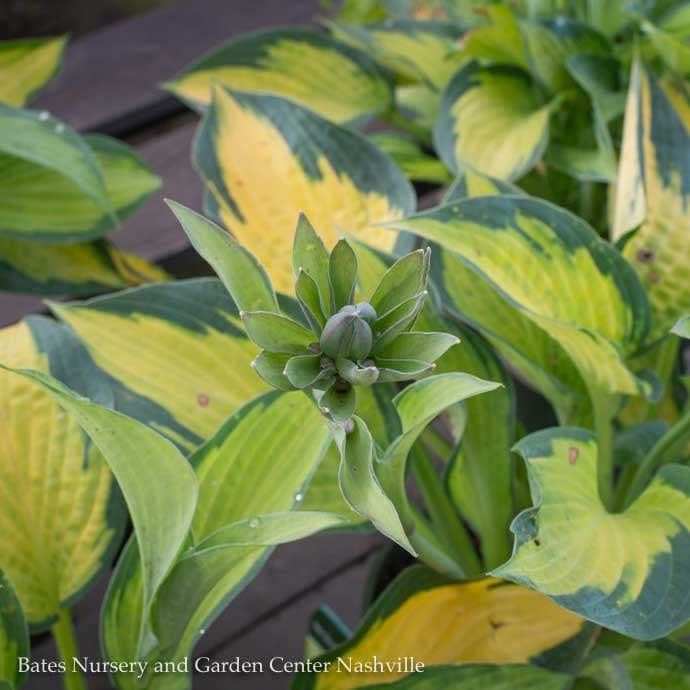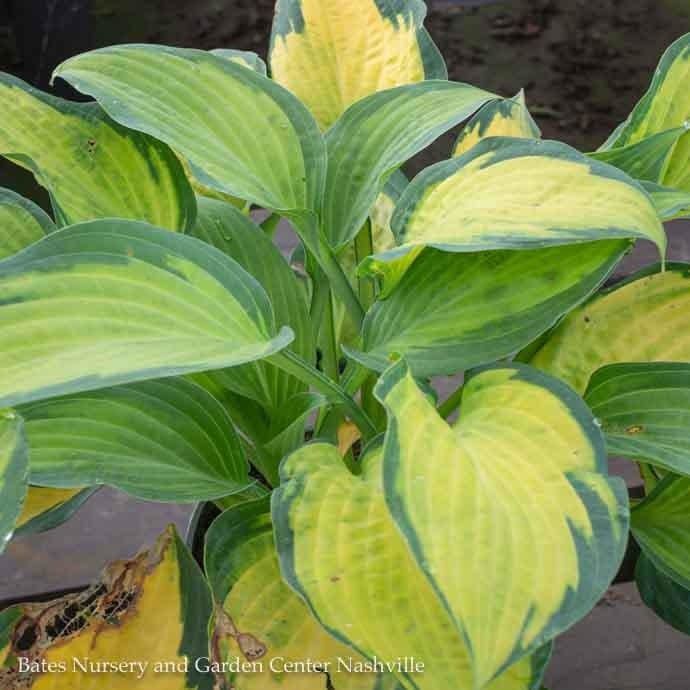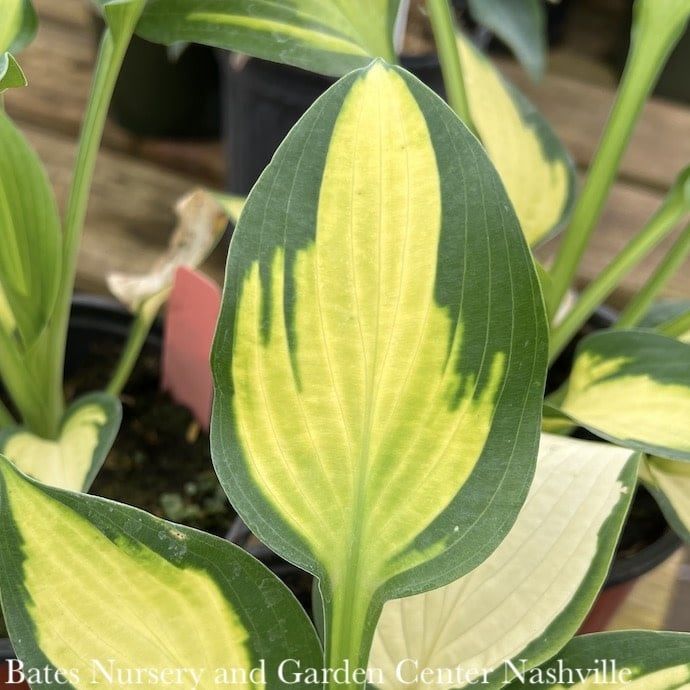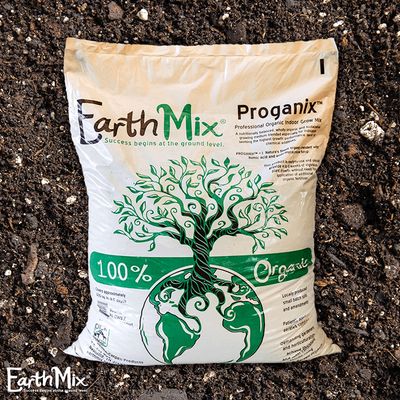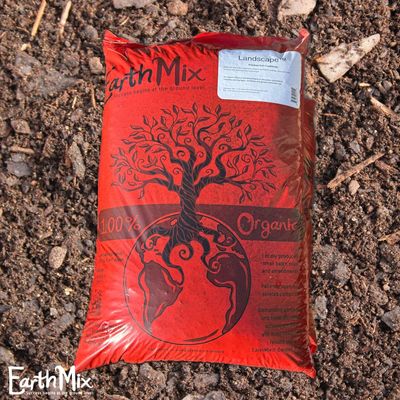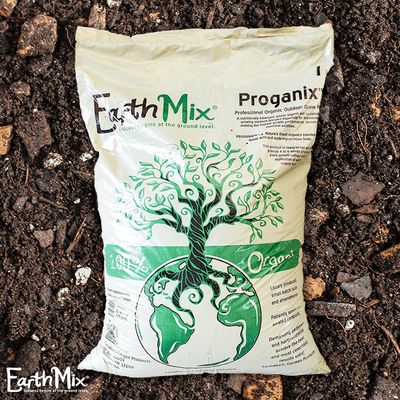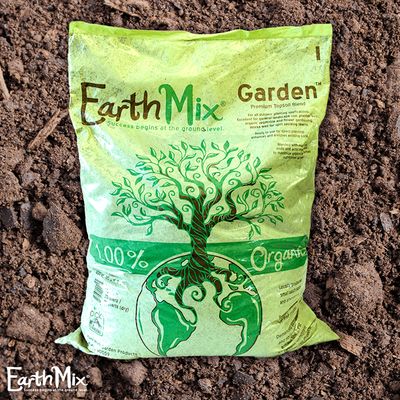#1 Hosta Paul's Glory/ Variegated
#1 Hosta Paul's Glory/ Variegated
Watch this hosta throughout the season for its ever-changing colors! New leaves emerge with blue-green edges and chartreuse centers, then mature to dark green and bright yellow. Finally, with time, the colors lighten to watercolor-esque pastels.
Scientific Name: Hosta 'Paul's Glory'
Common Name: Paul's Glory Hosta
Garden Size: 15-26 inches tall by 43-55 inches wide; scape height 24-40 inches
Growth Rate: Most hostas have a moderate to fast growth rate.
USDA Zone: 3-9
Exposure: Partial to full shade
Water & Soil: Moist, well-drained soil
Habit (Form): Mounding
Foliage: Large, variegated, heart-shaped leaves that transform throughout the season. The young leaves emerge with blue-green edges and chartreuse centers. As they mature, the edges turn dark green and the centers turn bright gold. This hosta additionally has an albescent trait, so over time its colors may lighten to pastels. Mature leaves are thick, corrugated, and resistant to slugs.
Flowers: Pale lavender, bell-shaped flowers that grow on scapes above the foliage. Blooms early to mid summer.
Plant Origin: East Asia, primarily Japan and Korea. Most commercially available hostas are hybrids.
Wildlife Support: Hummingbirds and some bees enjoy the flowers. A favorite treat for our local deer.
Fertilizing: Apply compost in early spring before new growth emerges.
Pruning: Remove spent flower stalks to encourage new growth; trim back damaged or yellowing leaves as needed. Leave the leaves over the winter and wait until early spring to clean up.
ASPCA Toxicity flags (see their site for details): Toxic to dogs, cats, and horses
Uses: Ideal for shade gardens, woodland borders, and container plantings.
AHS Classification: IV-6a (Small Leaved; Green or Blue Margined; Yellow, White, or Chartreuse Center)
Parentage: Sport of H. ‘Perry’s True Blue’
